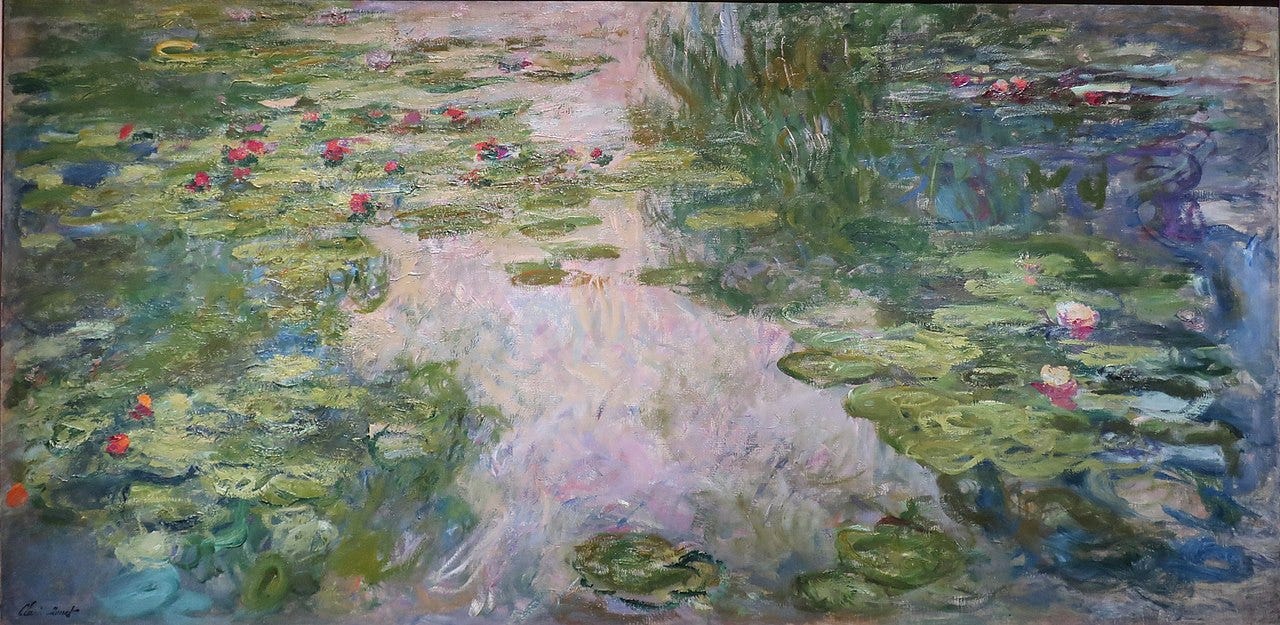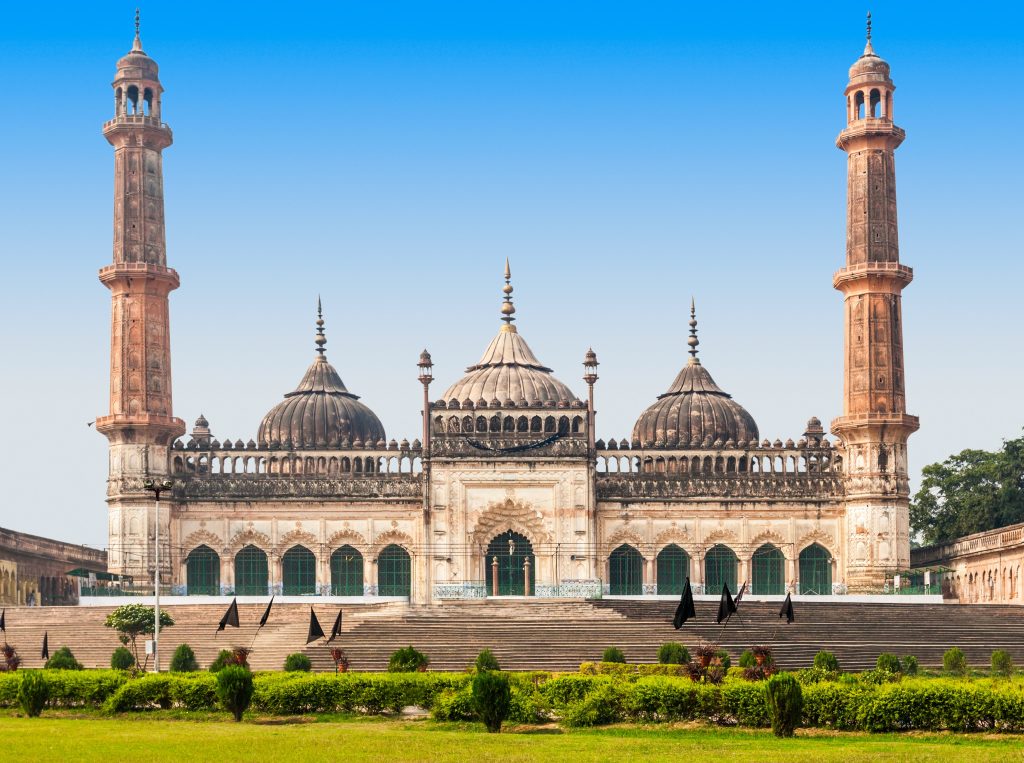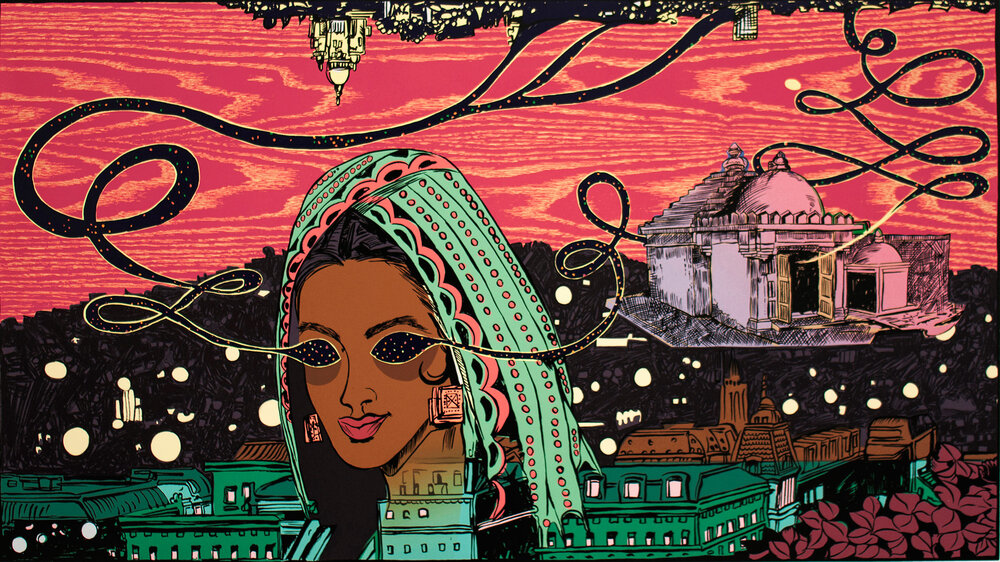Confronted with a vivid recollection that Google Photos thoughtfully presented to me—an image that encapsulates a momentous visit to the Taj Complex, an encounter with the epitome of artistic excellence. Four years ago on this very day, I found myself seated on a humble bench, gazing in awe at the resplendent Mughal monument. A Masterpiece.
In the hallowed halls of the artistic sphere, an enigma perpetually ensnares both connoisseurs and novices alike: What, indeed, constitutes a masterpiece? Nothing, According to the post-modernists. This query, ostensibly simple, is in reality a complex fusion of historical precedent, cultural sensibilities, personal predilections, and the inexorable march of time. Entering the centre of this puzzle means taking a deep dive into the complexities of art and the illusive nature of human perception.
A masterpiece, in its essence, is that which stands as a pinnacle of excellence within its chosen domain. However, reducing this concept to a set of guidelines that can be used by everyone turns out to be a Sisyphean task. Because of its many facets, artwork is by its very nature prone to subjectivity, which is actually essential to it. Individual preferences, based on life experiences, societal norms, and aesthetic preferences, inextricably influence the evaluation of a piece of art’s status as a masterpiece.
Art is the crucible of subjectivity, where the lens through which one perceives a creation invariably colours the evaluation of its merit. What one may ardently venerate as a masterpiece, another might deem it prosaic. The Impressionist movement’s rejection of traditional artistic constraints, witnessed in Monet’s ethereal water lilies, stands as a quintessential statement to this fluidity. Once disparaged as a mere confluence of messy brushstrokes, these very works have since ascended to the pinnacles of artistic eminence. Art’s evanescent nature mirrors our evolving cognisance.

Historical context emerges as an indispensable factor in ascertaining the categorisation of a given work as a masterpiece. The imprints of an era’s sociopolitical fabric, cultural zeitgeist, and artistic movements indelibly inscribe their narrative upon a work of art. Consider Picasso’s magnum opus, “Guernica,” a vehement evidence to the horrors of war. Its intrinsic value is inexorably bound to the maelstrom of the Spanish Civil War and the broader miasma of its epoch.

In the crucible of artistic progression, the masterwork’s definition is destined to metamorphose. Contemporary art assiduously challenges conventional precepts, and the advent of digital art thrusts upon us the conundrum of grappling with a brave new world of creativity. The digital medium obfuscates the demarcation between artistry and technology, thereby necessitating a reevaluation of the conventional tenets that have governed our perceptions.
Art’s custodians, comprising critics, historians, and experts, assume a significant role in ascertaining the magisterial status of a work. Their judgments wield a considerable influence in shaping an artist’s career trajectory and imbuing a creation with historical import. Yet, this mantle of authority is not impervious to disputation. The question of whose perspective holds ascendancy in this discourse persists as a salient concern.
The Taj Mahal, a white marble mausoleum in Agra, India, built in the 17th century by the Mughal Emperor Shah Jahan in memory of his beloved wife Mumtaz Mahal, exemplifies the elusiveness of a universal definition of a masterpiece. From a structural standpoint, it meets the criteria of a masterpiece, showcasing the highest level of architectural finesse through its symmetrical design, intricate geometric patterns, and the exquisite use of semi-precious stones in its inlay work.

Yet, the subjectivity of art comes into play when considering the Taj Mahal’s masterpiece status. For some, its ethereal beauty and the poignant love story behind its creation elevate it to unparalleled heights. Others, however, may question whether the reverence it garners transcends mere aesthetics, pondering whether its historical and cultural significance underscores its status as a masterpiece. while others raise questions about the extent to which Shah Jahan’s extravagant tribute to love might obscure other historical, cultural, and artistic treasures.
Essentially, the Taj Mahal captures the spirit of the entire process of considering what exactly qualifies as a masterpiece. Because subjectivity is king in the world of art, its worldwide appeal and the plethora of interpretations it provokes serve as a constant reminder that there is never a single right answer. The Taj Mahal is the perfect example of a multifaceted masterpiece, evoking contemplation, appreciation, and celebration of the timeless beauty of human ingenuity over the years. Its grandeur, historical narrative, and artistic excellence all contribute to its allure.
The concept of a masterpiece finds itself embroiled in a ceaseless metamorphosis, marked by the inexorable flow of time and the ebullient flux of culture. The masterpiece’s riddle, with its malleability, embodies art’s eternal ability to communicate across years and civilisations.
Activism Meets Art: A Critical Examination of Climate Protests and Their Impact on Cultural Heritage

Iftikar Ahmed is a New Delhi-based art writer & researcher.





